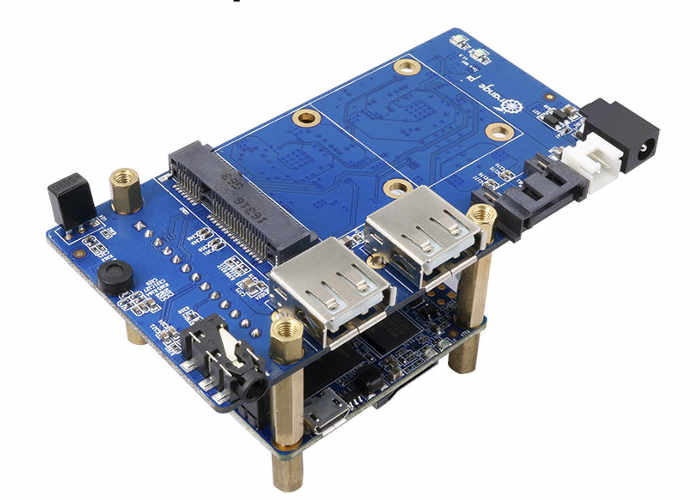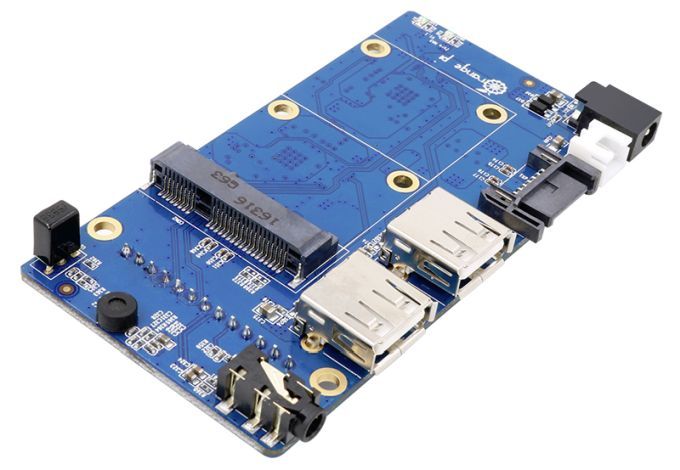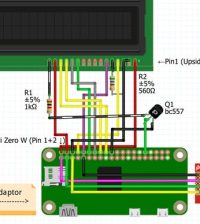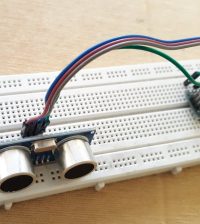- makeITcircular 2024 content launched – Part of Maker Faire Rome 2024Posted 2 weeks ago
- Application For Maker Faire Rome 2024: Deadline June 20thPosted 2 months ago
- Building a 3D Digital Clock with ArduinoPosted 7 months ago
- Creating a controller for Minecraft with realistic body movements using ArduinoPosted 7 months ago
- Snowflake with ArduinoPosted 8 months ago
- Holographic Christmas TreePosted 8 months ago
- Segstick: Build Your Own Self-Balancing Vehicle in Just 2 Days with ArduinoPosted 8 months ago
- ZSWatch: An Open-Source Smartwatch Project Based on the Zephyr Operating SystemPosted 9 months ago
- What is IoT and which devices to usePosted 9 months ago
- Maker Faire Rome Unveils Thrilling “Padel Smash Future” Pavilion for Sports EnthusiastsPosted 10 months ago
Orange Pi NAS: the $7 Expansion Board to upgrade your Orange Pi Zero!

Orange Pi Zero is a $7 and up board based on Allwinner H2+ quad core Cortex A7 processor with 256 to 512MB RAM, Ethernet, WiFi, and USB, but no video output except on headers, making it more suitable to headless applications.
Users that would like to add a little extra functionality, can now purchase an expansion board in the form of the Orange Pi Zero NAS which is also priced at $7.
The Orange Pi Zero NAS Expansion Board adds support for SATA and mSATA storage devices, together with two additional USB 2.0 ports, a 3.5mm audio jack and composite video output.
Orange Pi Zero NAS Expansion Board preliminary specifications:
- Storage – 1x SATA port, 1x mSATA port both through a JMS578 USB 3.1 to SATA bridge with UAS support each, which should be better than some other USB to SATA solution despite only being connected to a USB 2.0 interface.
- USB – 2x USB 2.0 ports
- Video & Audio Output – 3.5mm AV jack with composite video (TBC) and stereo audio
- Misc – Microphone and IR receiver
- Header – 13-pin female header connecting to OPi Zero board
As the name suggests, one obvious use for the board would be building your own NAS (Network Attached Storage) device. Connect a hard drive or SSD, plug in an Ethernet cable, and use a Linux-based operating system to set up a home media server, data backup system, or general purpose file server.
The video output could make it easier to set up the system, but you could also theoretically use this tiny little low-power computer as an inexpensive media player.
















